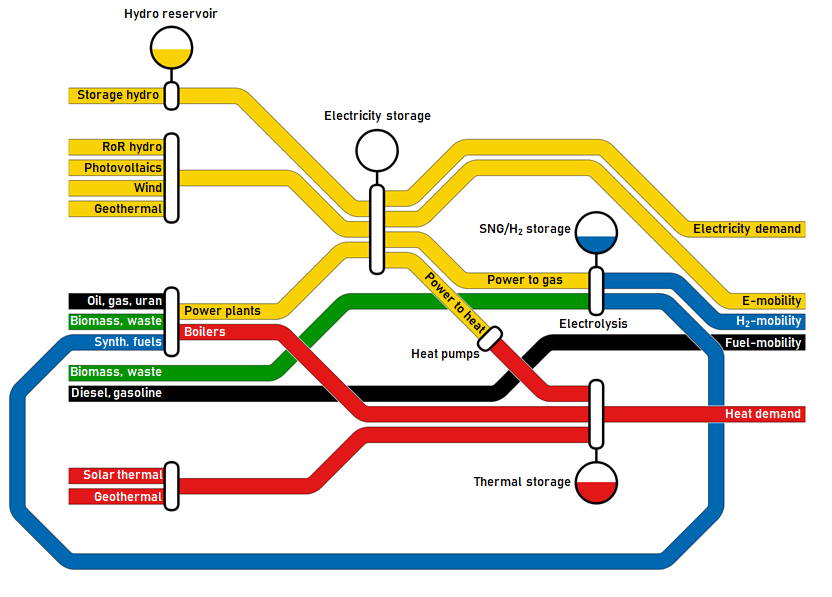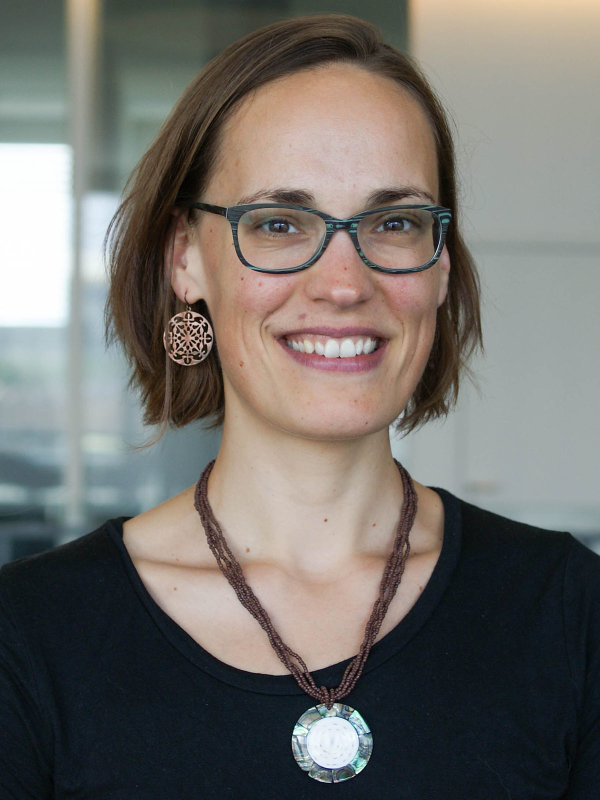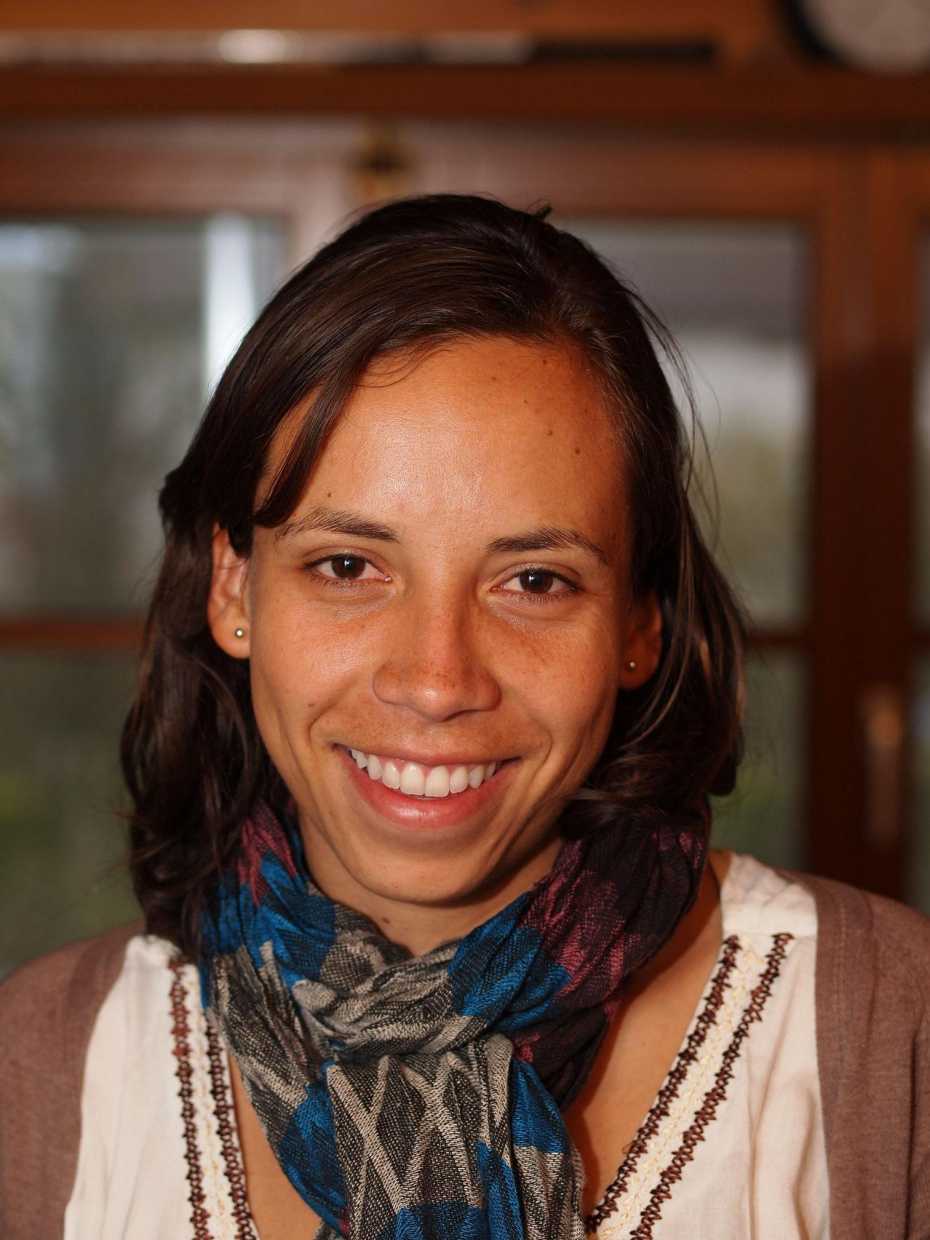Modelling the Future: Scenarios for a low-CO2 Swiss Energy System

August 2019 - by Rebecca Lordan-Perret, Adriana Marcucci, and Gianfranco Guidati
Nobody can predict exactly how the Swiss energy system will develop in the future, but we can use models and scenarios to suggest policies that will help us reach the goals of the Energy Strategy 2050.
The Joint Activity on Scenarios and Modeling (JASM)
In JASM, we unite a team of modellers to consider how developments in the Swiss economic, social, political, and technological landscapes will likely influence the energy system in the future. That is, how and how much energy we will produce, transport, and consume. We describe these developments using all models and data available in the eight Swiss Competence Centers for Energy Research (SCCER) consortium that capture the detailed aspects of the Swiss energy system and how these aspects influence one another: electricity generation technologies, buildings, mobility, industry, grids, biomass, storage, and the energy market (See Figure 1). These models provide insights on how both policies we choose and outside world developments can lead to different futures.

Using a map that mimics the logic of transport systems, we show the interconnections of the resources and technologies available to Switzerland and how these resources can be transformed to meet demand.
Our starting point is a set of scenarios outlining different pathways to distinct future energy systems. We have designed these scenarios to cover a wide range of possible futures dependent on given variables and policies such as the available level of technology, demand for energy, market subsidies or support mechanisms, and prevailing market prices for energy inputs or fuels.
These scenarios are able to capture both institutional and market influences. Using these scenario assumptions, each modelling team optimizes its aspect of the energy system. For example, the team modelling the electrical grid would optimize the dispatch of electricity generating technologies (e.g., hydropower stations and renewables) based on a hypothetical weather and demand profile. The team modelling energy demand would assess the amount of power a household consumes, for example, considering the prices of appliances and their projected pattern of use.
More robust results
Naturally, the results of the models are complementary, often feeding into one another and serving as verification of results obtained with different models. It is precisely these complementarities and feedbacks that make our results more robust than results generated relying on one integrated model only. Furthermore, we are able to retain the level of detail from individual model insights that are typically lost in large, fully integrated models.
What we will learn from the models
Using these models alone and jointly, we try to understand the role of different demand technologies (e.g., different car models or the use of heat pumps instead of oil boilers in households) and electricity supply options (e.g., a mix of renewable technologies and imports versus nuclear).
We will be able to answer important questions, such as:
- What grid investments will be necessary to support the energy transition to renewables?
- What impact will the energy transition have on the economy?
- How can we decarbonize our transport and electricity sectors?
- What role will energy imports play in reaching our energy transition targets?
- How much will meeting the energy transition goals cost under each scenario?
In the specific context of the SCCER-SoE, we will highlight the role that hydropower and geoenergies will play in the future energy mix.
To answer these questions, we work our way from the sectoral models to the full-energy system models. The sectoral models provide all assumptions regarding the supply side (i.e., technology characteristics, hydropower and photovoltaics potentials, etc.) and the demand side (i.e., space heating, industrial energy demand, etc.). We then feed these assumptions into a number of full-energy system models that simulate the future of the energy system.
Why is modelling important?
Modelling is not about predicting the future, nor is modelling intended to produce precise numbers on which to base policy. We model to understand trends, orders of magnitude, drivers, interconnections, feedback loops, and options. We model the Swiss energy system to visualize the potential impacts and costs of the choices we will need to make to reduce our CO-2 emissions and to realize the Energy Strategy 2050. Thus, our model results are an invaluable tool to help us steer our future energy system in ways that align with our social, economic, and political objectives.
Authors

Rebecca Lordan-Perret is a postdoc at the University of Basel at the Chair of Energy Economics where she works within the SCCER-CREST and the Joint Activity Scenarios & Modelling (JASM).
Adriana Marcucci holds a doctoral degree on Energy Economics from the Paul Scherrer Institute and ETH Zurich. Since 2018, she is working at ETH Zurich as researcher and part of the management office in JASM.
Gianfranco Guidati is a mechanical engineer with a PhD in aeroacoustics. After several years in industry, he joined ETH Zurich in 2017 where he manages the SCCER-SoE and JASM.


